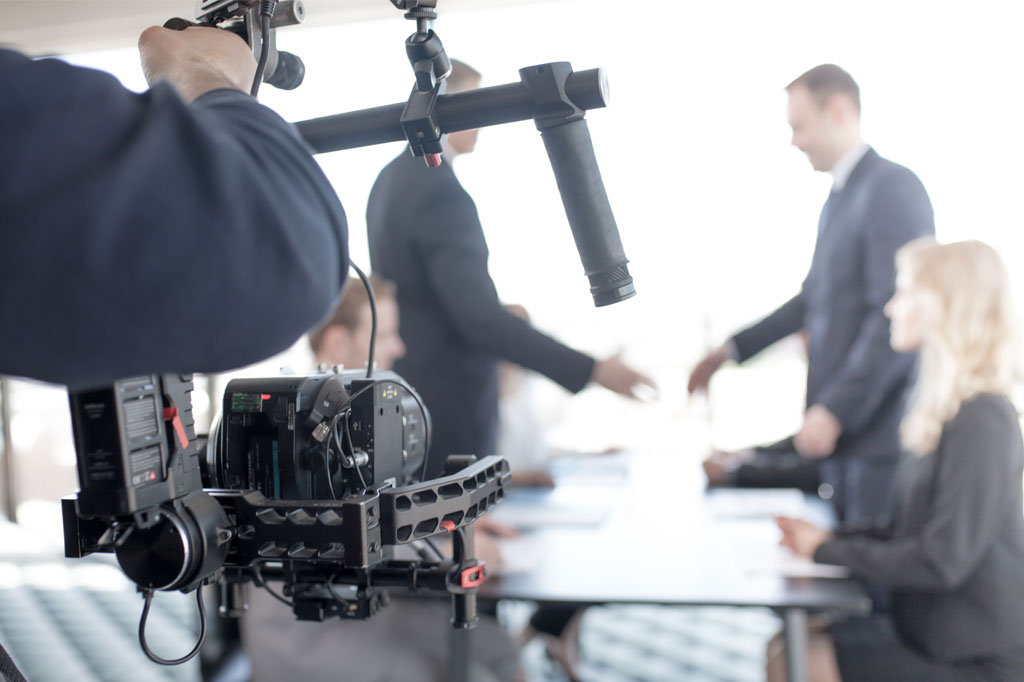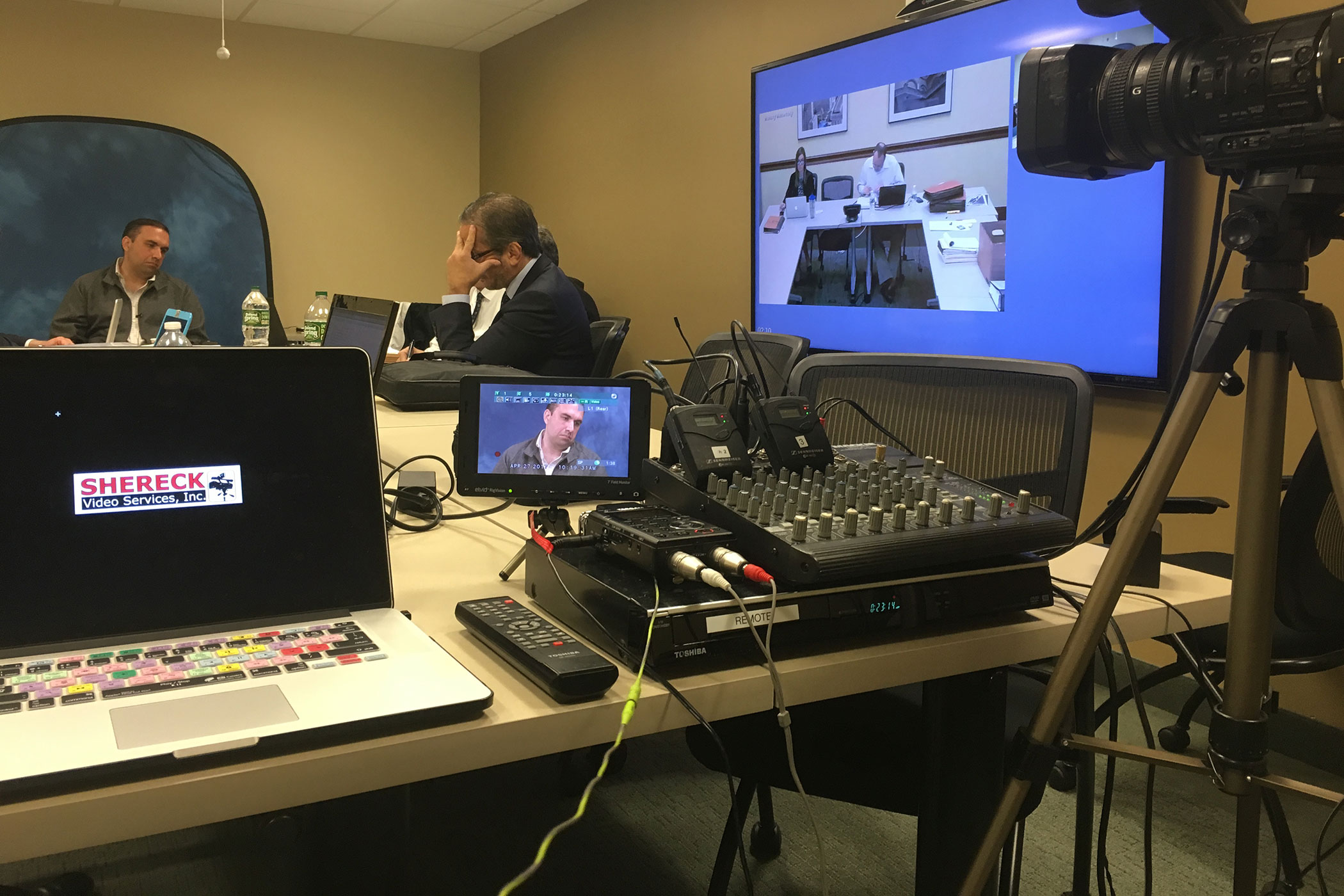Exploring the Systems of Legal Videography: Unveiling Its Operation in Safeguarding Genuine Visual Testament for Judicial Procedures
In the realm of judicial process, the function of lawful videography stands as a foundation in protecting and presenting visual proof. As modern technology continues to breakthrough, the systems behind legal videography have actually become significantly elaborate, providing an important layer of credibility to testimonies caught on video. By delving right into the operational details of lawful videography, one can uncover the precise processes that protect the honesty of visual evidence offered in courts - Legal Videography. This exploration not only sheds light on the historic evolution of legal videography but additionally means the future patterns that may better transform just how visual testimonies are maintained in the world of justice.
Historic Advancement of Lawful Videography
Analyzing the historic development of legal videography discloses a substantial transformation in the recording and discussion of visual evidence within the legal landscape. In the past, lawful procedures heavily relied on created transcripts and pictures to record occasions and offer evidence. However, with the arrival of video clip technology, the legal market witnessed a standard change in exactly how aesthetic testament was captured and presented.
The evolution of lawful videography can be traced back to the late 20th century when innovations in video clip recording devices made it more easily accessible for use in courtrooms. This technical improvement not just improved the accuracy and dependability of aesthetic proof however likewise reinvented the way situations existed to judges and courts (Legal Videography). Attorneys began to acknowledge the influential power of video clip recordings in sharing feelings, nuances, and non-verbal hints that composed transcripts or photographs alone can not record properly

Technology Improvements in Video Clip Paperwork
What crucial technical innovations have transformed video documentation in the lawful area? The legal area has actually seen substantial innovations in video clip documents modern technology that have improved the authenticity and integrity of aesthetic evidence in judicial proceedings. One of the vital innovations is high-definition (HD) video recording abilities, which offer crystal-clear photos and sharp details that are important for properly catching testimonies, faces, and various other visual hints. Additionally, the assimilation of timestamping and metadata functions in video clip documents devices has made it possible for exact documentation of when and where the video was tape-recorded, guaranteeing the honesty of the proof offered in court.
Furthermore, innovations in video file encryption and watermarking innovations have bolstered the security and tamper-proof nature of video proof, protecting it versus unapproved modifications or meddling. Moreover, the advent of cloud storage space solutions and remote accessibility abilities has streamlined the storage, retrieval, and sharing of video clip evidence, assisting in seamless cooperation among attorneys and ensuring effective accessibility to critical aesthetic statements when needed. These technological developments in video clip documentation have most certainly changed the lawful field, enhancing the accuracy, trustworthiness, and admissibility of aesthetic proof in judicial proceedings.
Duty of Lawful Videographers in Court Room Setups
The advancement of video clip documentation technology in the legal field has necessitated a crucial duty for lawful videographers in court room setups, guaranteeing the integrity and integrity of aesthetic statements presented during judicial process. Legal videographers play an essential function in capturing and preserving accurate visual proof that can be essential in litigation. Their duty encompasses establishing up devices, taping process, and creating top quality videos that properly reflect the occasions in the courtroom.
In court room setups, legal videographers need to abide by stringent guidelines and standards to preserve the credibility of the visual document. They should have an eager eye for detail and a comprehensive understanding of lawful procedures to ensure that the video footage they record is a true depiction of the events that took place. Additionally, legal videographers commonly work very closely with legal teams to make sure that the video proof straightens with the case's demands and can be properly provided in court to sustain the legal disagreements being made. Generally, the duty of legal videographers in court setups is essential in maintaining the concepts of justice and ensuring the openness of legal process.
Ensuring Admissibility and Integrity of Video Proof
To maintain the credibility of visual proof offered in legal procedures, guaranteeing the admissibility and stability of video clip evidence is a vital duty for legal videographers. Admissibility refers to the acceptance of proof by the court, and for video clip evidence to be admissible, it should fulfill particular criteria. Lawful videographers play an important function in making certain that the videos they capture follow the rules of evidence, such as authenticity, relevance, and reliability.
Stability of video clip proof involves preserving the originality and accuracy of the footage from the time it is taped till it exists in court. This consists of safely keeping the video clip files, recording the chain of guardianship, and stopping any kind of tampering or alterations. Lawful videographers have to stick to strict procedures to guarantee the integrity of the video proof and protect against any challenges to its credibility.
Future Trends in Legal Videography
Provided the enhancing reliance on technology in lawful process, legal videographers are poised to welcome innovative developments forming the future of aesthetic testimony capture and discussion. Among the famous patterns imminent is the assimilation of online reality (VIRTUAL REALITY) and boosted truth (AR) technologies right Home Page into lawful videography. These innovations have the potential to change exactly how visual proof exists in court rooms, enabling juries and courts to immerse themselves in the scene of the crime or occurrence.
Furthermore, the usage of fabricated knowledge (AI) algorithms for video analysis is anticipated to streamline the process of reviewing and examining large amounts of video footage. AI can assist in recognizing key minutes, anomalies, and patterns within video clips, boosting the efficiency of lawful investigations.

Final Thought
Finally, legal videography has actually played an important duty in supplying authentic aesthetic proof for judicial proceedings. Via technological innovations and the proficiency of legal videographers, the honesty and admissibility of video clip proof are guaranteed in court settings. As lawful videography remains to progress, it will certainly be essential to maintain requirements Your Domain Name that maintain the accuracy and integrity of visual statement for the future of lawful proceedings.
Checking out the historical development of legal videography exposes a substantial transformation in the catching and presentation of visual proof within the lawful landscape.The development of video clip paperwork modern technology in the lawful area has required an essential function for lawful videographers in courtroom settings, guaranteeing the integrity and integrity of visual statements provided throughout judicial proceedings. In addition, lawful videographers often function closely with legal groups to ensure that the video proof straightens with the case's requirements and can be successfully offered in court to support the lawful arguments being made.To keep the credibility of visual evidence offered in legal procedures, ensuring the admissibility and honesty of video evidence is a crucial obligation for lawful videographers. As legal videography proceeds to advance, it will certainly be crucial to promote requirements that preserve the accuracy and reliability of visual testament for the future of lawful process.